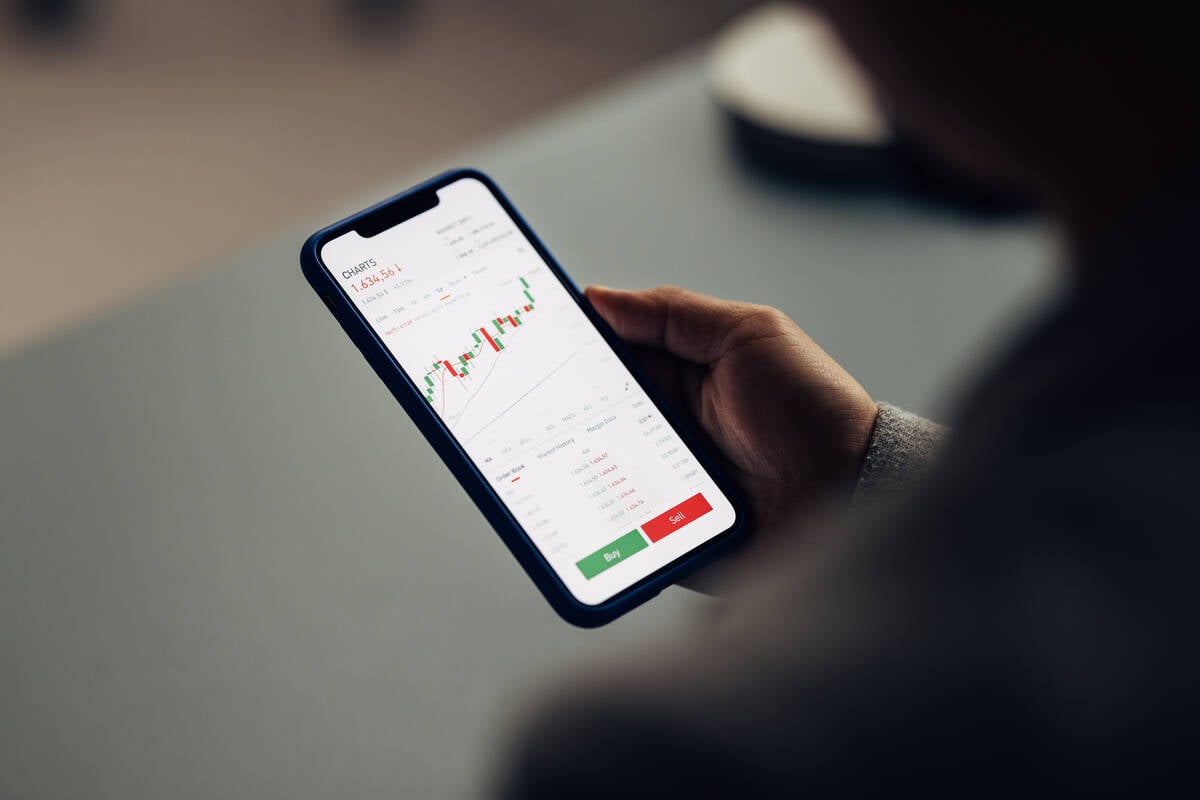Back in the day when I was writing a newsletter, I started a portfolio for subscribers to follow. One of my frustrations with other investment newsletters, and investment advice in general, is that few share actual full portfolio performance. There is discussion on specific stocks, generally focusing on successes, but little focus on overall performance. To address that general flaw, I started a taxable account where every move was communicated to subscribers: the good, the bad and the ugly. My belief is that total portfolio return is what really counts. Specific transactions only matter in how they contribute to the whole.
Read Also

Gentle treatments for pain in the neck
Heading toward year-end, people unknowingly tense up against the cold and busyness, causing neck pain that can often be treated with appropriate support and gentle mobility, athletic therapist Kathlyn Hossack says.
While I have discontinued the newsletter, I continue to manage the account similarly. Deposits were made from July 2015 to November 2022, when they were capped. The average time of capital employed was just under 95 months, or eight years, when the value of the portfolio crossed the quadrupling line in August of this year. Using the “Rule of 72,” we can quickly calculate that doubling in four years, twice, represents a compound annual growth rate of 18 per cent. Caveat: There is no guarantee the portfolio will stay above the line in the future, but my track record has been pretty good at absorbing the blows the market perpetually provides.
I thought it would be worth digging into the various mistakes and successes in the portfolio to help those of you actively managing your own funds to learn from my activity and compare with yours.
Mistakes
One: Sixty-three per cent of the funds deposited went into the Canadian side of the portfolio and only 37 per cent into the U.S. dollar-denominated (USD) side. Part of the USD funds were used for international exchange-traded funds (ETFs), such that only about 30 per cent of assets were invested in the U.S. The U.S. market has significantly outperformed both Canadian and international markets, leaving me invested largely in underperforming markets.
Two: The only company in the portfolio that was part of what’s now referred to as the “Magnificent 7” is Alphabet. These seven companies (Alphabet, Amazon, Apple, Meta, Microsoft, Nvidia and Tesla) now represent 34 per cent of the value of the entire S&P 500, with the other 493 companies representing 66 per cent. I effectively missed the boat on the rapidly rising share prices of these companies.
Three: My most significant stock failure was the collapse of the infamous Silicon Valley Bank in 2023. I lost my entire US$6,000 investment. What was more chilling was the stock tripled very quickly after I bought it. I thought about selling but didn’t. By my math it was significantly overvalued, but I didn’t sell because it was one of the few companies related to the tech field. I could have made a great profit! Mistakes happen, and we must learn from them but not dwell upon them. Sell when a stock becomes significantly overvalued.
Four: Other notable losses included MKS Instruments, where I lost over 50 per cent after they made a disastrous company acquisition. I lost 50 per cent on Walgreens Boots Alliance and 30 per cent on Corus Entertainment. Both represent proverbial “value traps” — companies that look like great values but have deteriorating long-term fundamentals. Value investors, such as myself, need to be wary of potential “value traps.”
Five: Two of the biggest losers I am currently holding are the alternative energy stocks I wrote about in an article related to this topic. Albemarle, a lithium company, is down about 50 per cent and Enphase, a solar company, is down about 75 per cent.
A few things I did correctly
One: A couple of my best successes were Canadian companies. I purchased 300 shares of TFI International back in 2016 and sold 100 after they tripled and another 100 after they quintupled. I still hold 100. Cameco was another big winner that I purchased for $12 in 2016. I sold half after it tripled and another half recently at seven times the purchase price. I also had a triple on Teck Resources and U.S.-based home furniture retailer Williams Sonoma.
Two: Of all the completed stock trades over the decade, 66 per cent have been positive. Of all the current stock positions, almost 80 per cent are positive. That’s a solid batting average. The great thing about investing in stocks is the biggest loss you can take is 100 per cent, yet there is no per cent limit on the upside. To date I have experienced one 100-per-cent loss and thirteen 100-per-cent-plus gains, with the largest being 606 per cent. Of my current stock positions there are zero 100-per-cent losses and eleven 100-per-cent-plus gains, with five that are triple or better.
Three: I divide the market into 17 different industries and always have one or more stocks from each industry, usually one Canadian and one U.S. stock per industry. My portfolio is therefore broadly diversified. This may mute the upside when one industry rallies big, as tech has, but it also provides downside protection and keeps me from panicking when market air pockets occur. I always start with foundational companies like financials and railroads, then complement these with more growth-oriented companies. I am dividend-agnostic in taxable accounts, preferring dividends in tax-protected accounts.
Four: A big part of the portfolio success comes from combining both stocks and options. All the above examples relate to the stock part of the portfolio. In the next column I will delve into the option portion.
I hope this summary helps and motivates you to look at overall portfolio performance and gives some benchmarks on percentage wins versus mistakes. It demonstrates very clearly that you don’t need to get everything right to be successful.
















